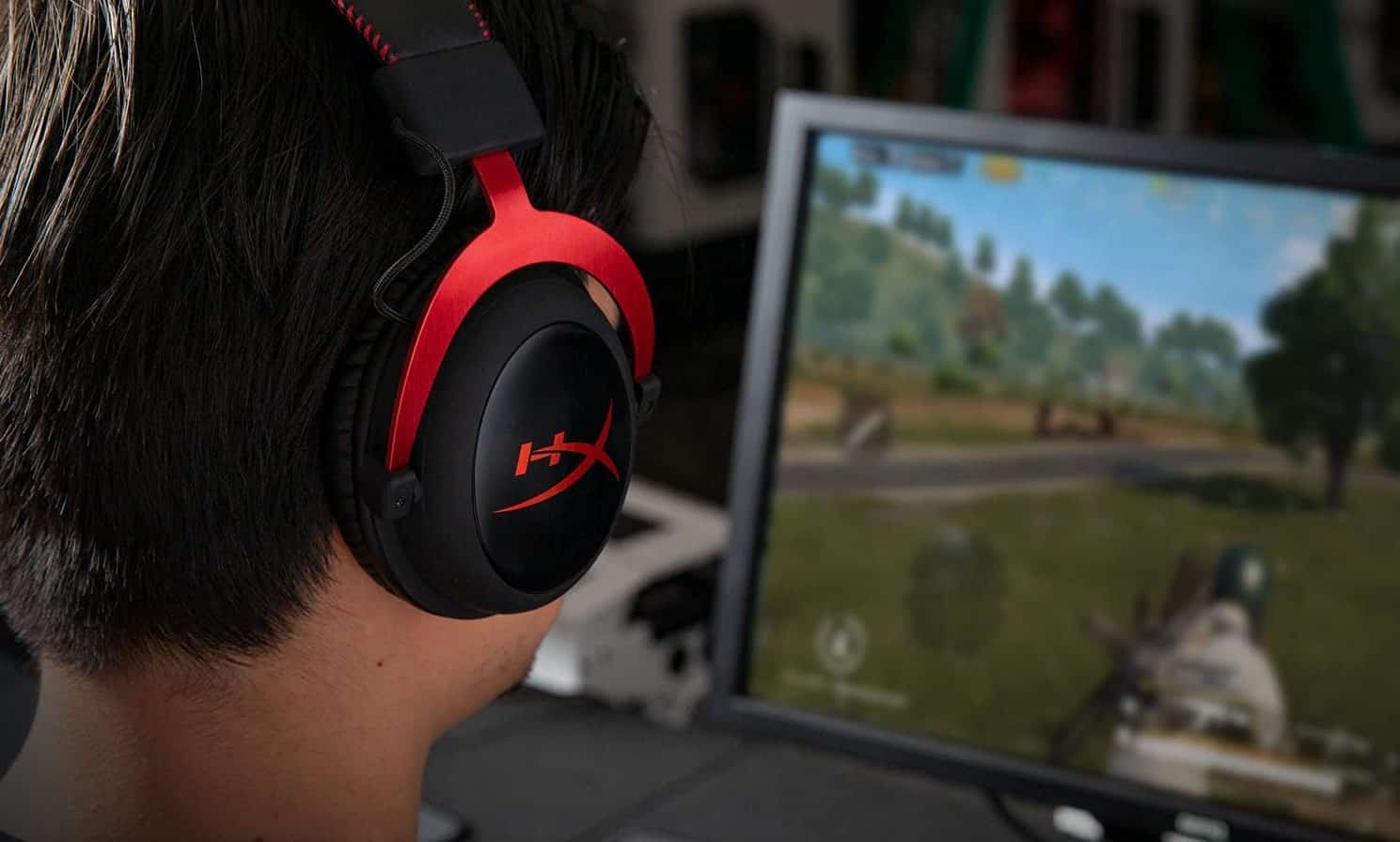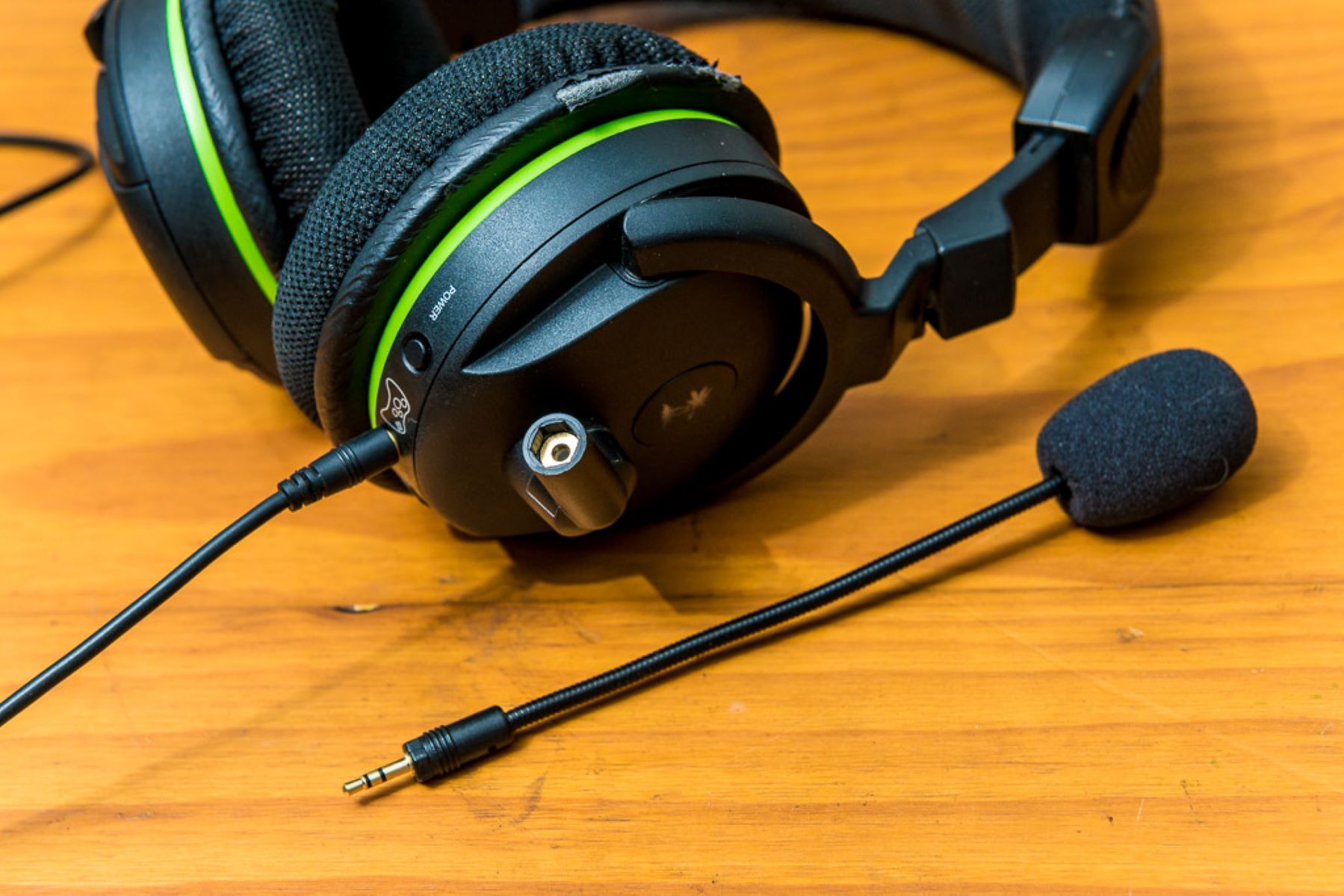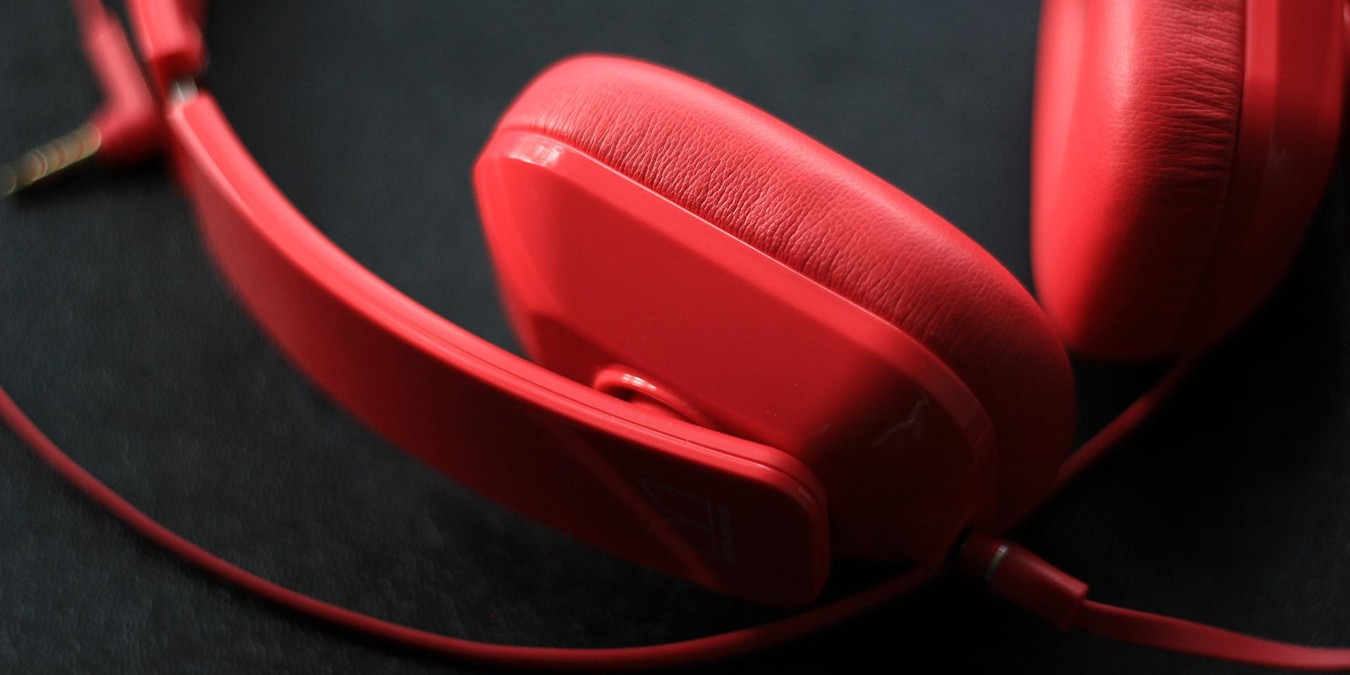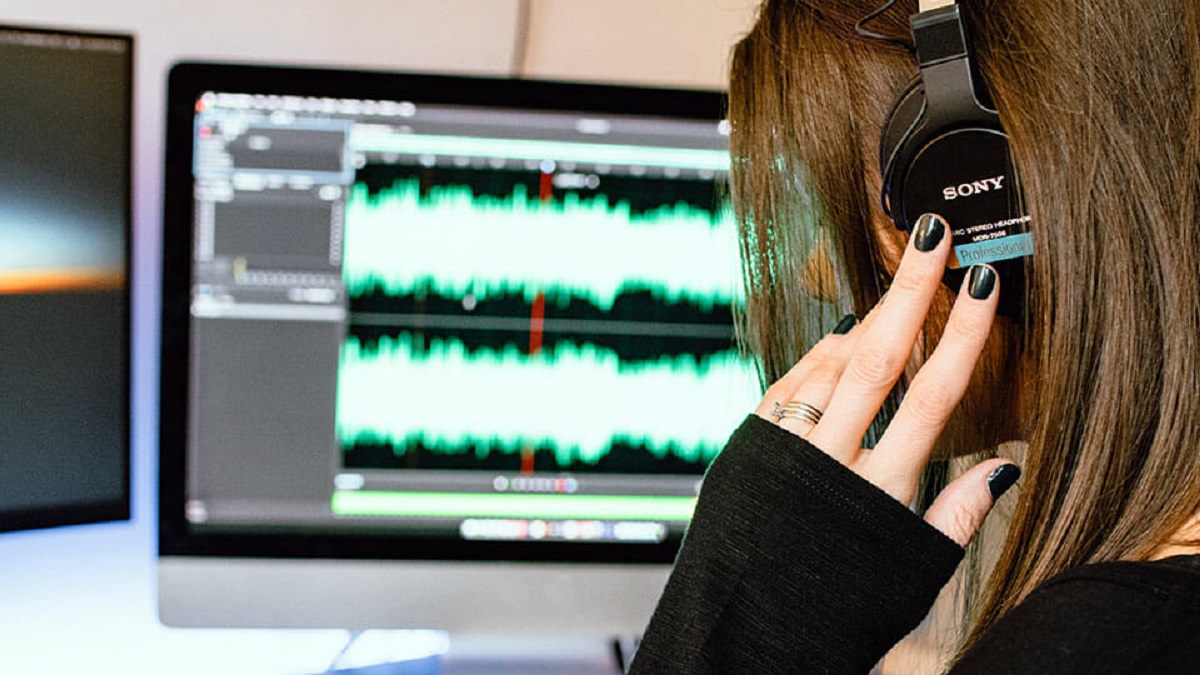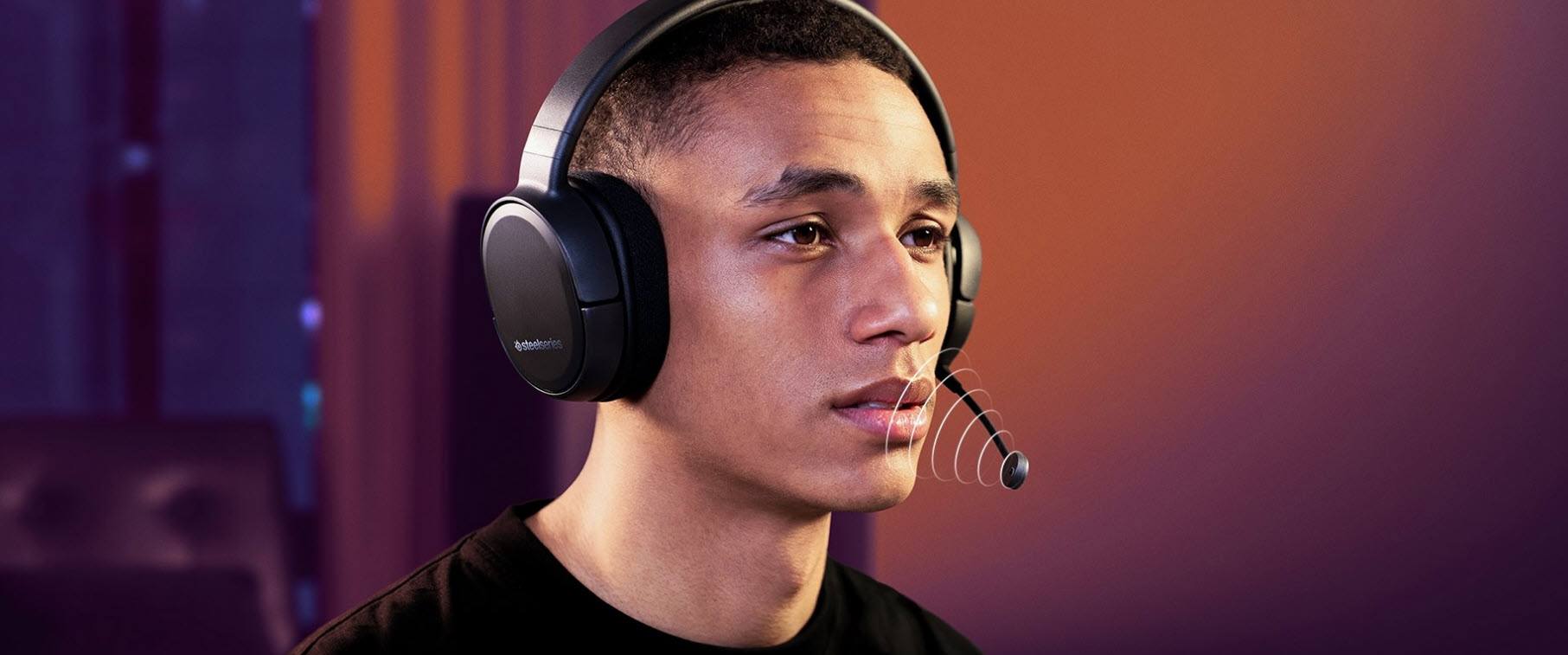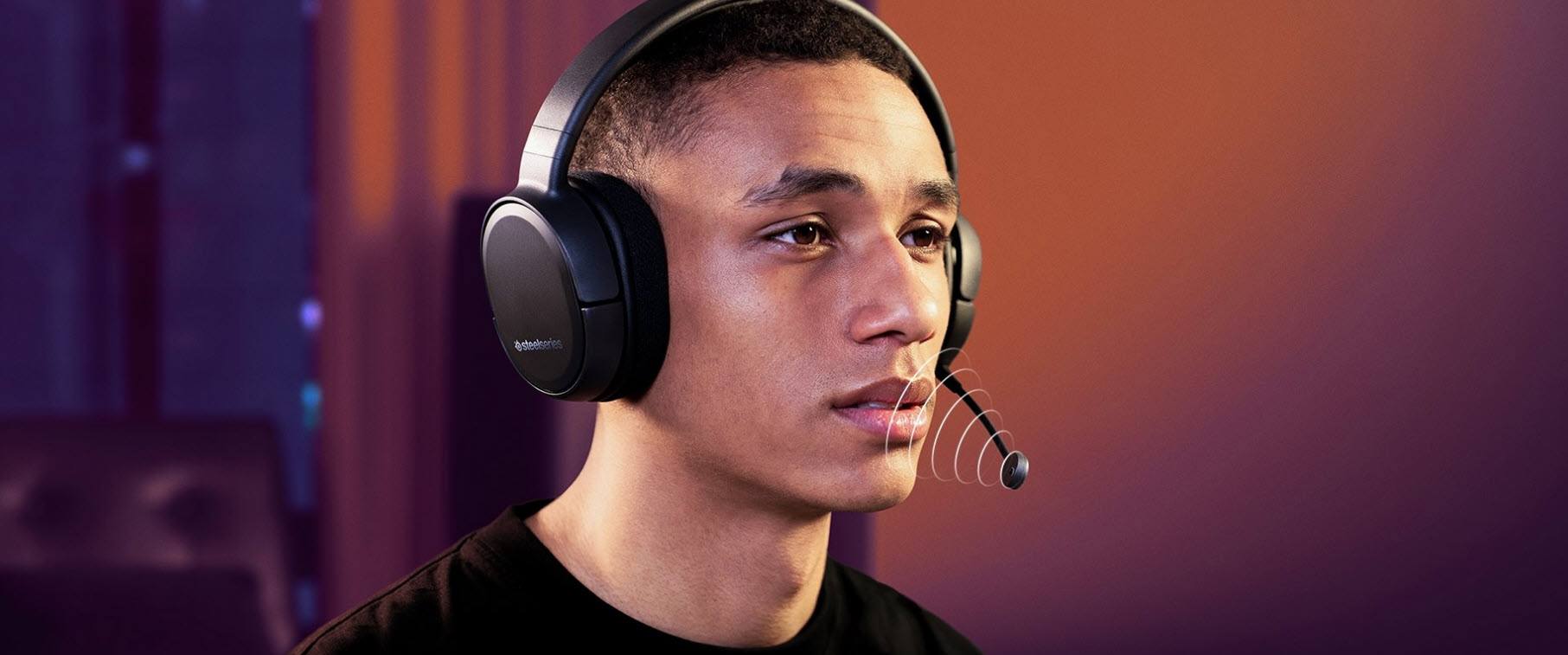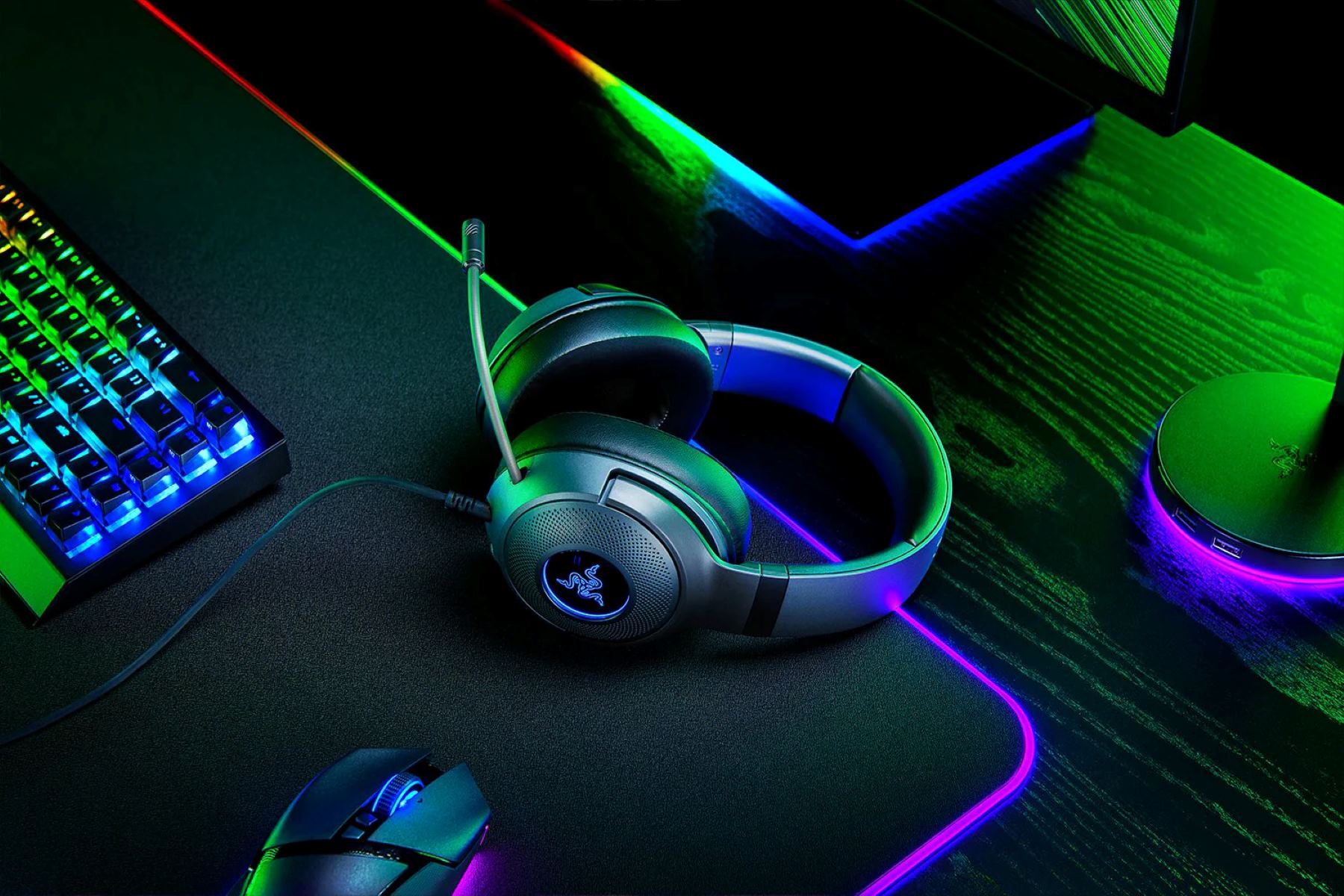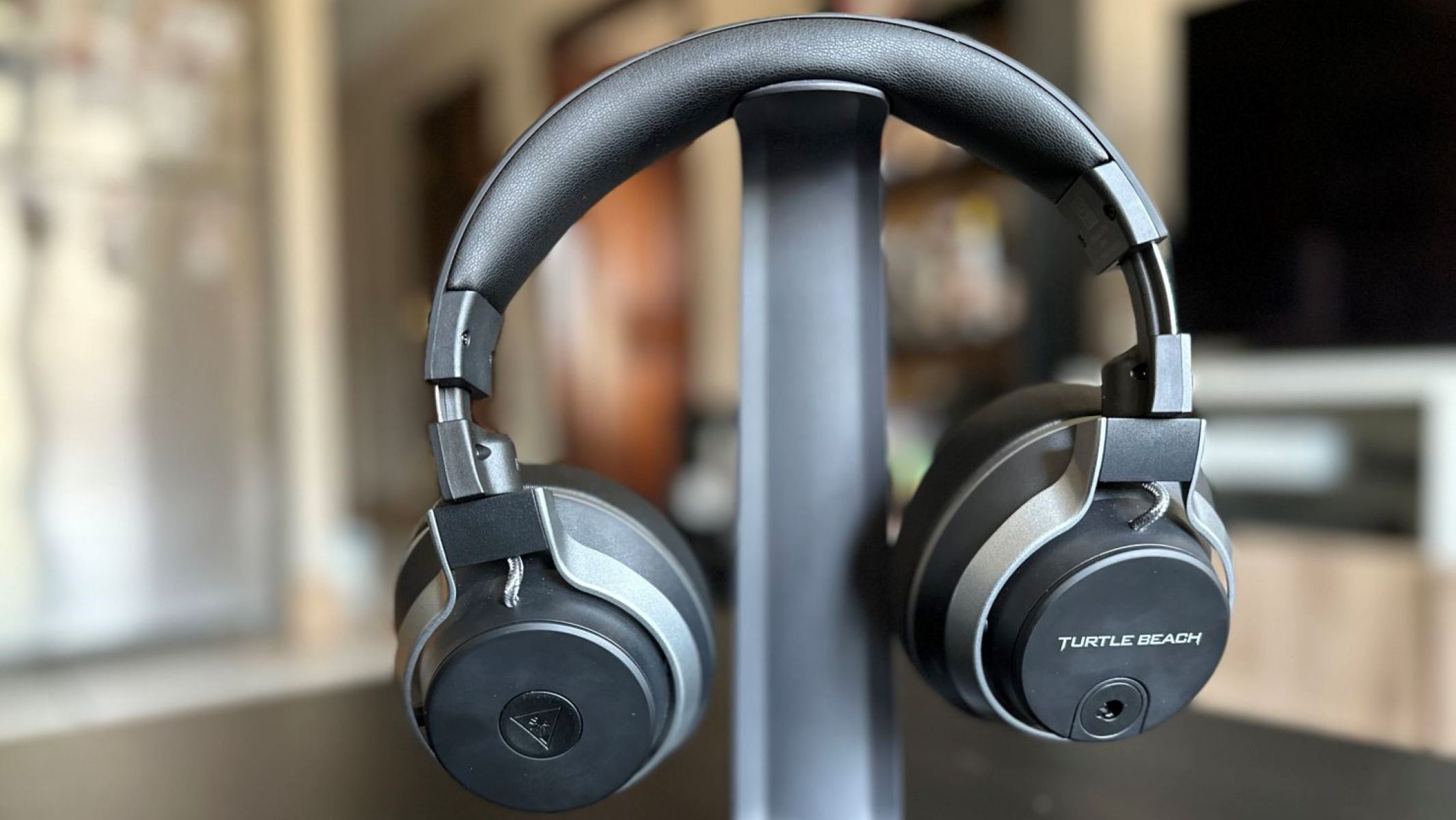Introduction
When immersing yourself in the captivating world of gaming, there's nothing more frustrating than being interrupted by static noise emanating from your headset. This intrusive disturbance not only detracts from the immersive experience but also hampers communication with fellow gamers, ultimately impacting your overall performance. However, fear not, as resolving this issue is within reach.
Gaming headsets have become an essential accessory for avid gamers, providing a gateway to a realm where crystal-clear audio and seamless communication are paramount. Whether you're engaged in an intense first-person shooter or embarking on a cooperative quest, the last thing you want is to be plagued by disruptive static noise. Understanding the underlying causes of this nuisance and learning effective solutions is crucial for maintaining an uninterrupted and enjoyable gaming experience.
In this guide, we will explore the common culprits behind static noise in gaming headsets and equip you with practical strategies to eliminate this irksome interference. By delving into the intricacies of headset technology and troubleshooting methods, you'll gain the knowledge and confidence to overcome static noise issues with ease. So, without further ado, let's delve into the world of gaming headsets and unravel the mysteries of static noise.
Common Causes of Static Noise
Static noise in gaming headsets can stem from various sources, each presenting its own set of challenges. Understanding these common culprits is essential for pinpointing the root cause and implementing effective solutions. Here are some prevalent factors that contribute to static noise:
- Electrical Interference: One of the primary causes of static noise is electrical interference, often induced by nearby electronic devices. When the headset’s cables or components come into close proximity with sources of electromagnetic interference, such as routers, smartphones, or other wireless devices, it can result in disruptive static noise.
- Loose Connections: Over time, the connections between the headset, audio jacks, and other peripherals can become loose or damaged, leading to static noise. This issue is particularly common in wired headsets, where wear and tear can compromise the integrity of the connections.
- Hardware Malfunctions: Faulty components within the headset, such as damaged cables, defective audio drivers, or malfunctioning microphones, can give rise to static noise. Identifying and addressing these hardware-related issues is crucial for restoring the headset’s audio clarity.
- Environmental Factors: External factors, such as ambient electromagnetic interference, power fluctuations, or inadequate grounding, can introduce static noise into the headset’s audio output. These environmental influences can be especially problematic in areas with poor electrical infrastructure or high levels of electronic activity.
- Driver and Software Issues: Outdated or incompatible audio drivers, as well as software conflicts, can manifest as static noise in gaming headsets. Ensuring that the headset’s drivers and associated software are up to date and properly configured is essential for mitigating these issues.
By familiarizing yourself with these common causes of static noise, you can embark on a targeted troubleshooting journey to address the specific factors affecting your gaming headset. In the next section, we will delve into actionable steps to rectify static noise issues and restore pristine audio quality to your gaming experience.
How to Fix Static Noise on Gaming Headset
Resolving static noise issues in your gaming headset requires a systematic approach that addresses the underlying causes we previously discussed. By following these practical steps, you can troubleshoot and rectify static noise, restoring the immersive audio experience essential for gaming:
- Optimize Cable Management: Ensure that the headset’s cables are neatly organized and kept away from potential sources of electromagnetic interference, such as power cables, routers, and other electronic devices. Utilizing cable clips or organizers can help minimize cable clutter and reduce the risk of interference.
- Secure Connections: Check and secure all connections, including the headset’s audio jacks, USB connectors, and detachable cables. If any connections appear loose or damaged, consider replacing them to maintain a stable and interference-free audio connection.
- Environmental Considerations: If environmental factors contribute to static noise, such as power fluctuations or inadequate grounding, consider using a power conditioner or surge protector to stabilize the electrical supply and minimize interference.
- Driver and Software Updates: Ensure that the headset’s audio drivers and associated software are up to date. Visit the manufacturer’s website or use dedicated software to check for driver updates and optimize the headset’s audio settings to minimize static noise.
- Isolate Hardware Issues: If hardware malfunctions are suspected, such as damaged cables or faulty components, consider testing the headset with alternative devices to determine if the static noise persists. If the issue is isolated to the headset, contact the manufacturer for potential repairs or replacements.
- Grounding and Shielding: In cases where electromagnetic interference is prevalent, consider using shielded audio cables and ensuring proper grounding of audio equipment to mitigate external interference sources.
By implementing these proactive measures, you can effectively address static noise issues and optimize the audio performance of your gaming headset. Additionally, consulting the headset’s user manual or seeking support from the manufacturer can provide valuable insights tailored to your specific headset model.
Conclusion
Static noise in gaming headsets can be a persistent nuisance, disrupting the immersive audio experience that is integral to gaming. However, armed with an understanding of the common causes and effective solutions, you are well-equipped to tackle this issue head-on and restore pristine audio quality to your gaming sessions.
By identifying and addressing factors such as electrical interference, loose connections, hardware malfunctions, environmental influences, and software-related issues, you can systematically troubleshoot static noise and optimize the performance of your gaming headset. Implementing cable management strategies, securing connections, and considering environmental factors are essential steps in mitigating static noise, while ensuring that drivers and software are up to date can significantly improve audio clarity.
Ultimately, the quest to eliminate static noise on your gaming headset is a journey of exploration and problem-solving. Whether it involves optimizing the physical setup, updating drivers, or seeking professional assistance for hardware issues, the goal remains the same: to enjoy uninterrupted, high-fidelity audio that enhances your gaming experience.
Remember, each gaming headset may present unique challenges, and patience and persistence are key virtues in the pursuit of audio perfection. Embracing the troubleshooting process and seeking support from knowledgeable resources, such as the headset’s manufacturer, can further empower you in your endeavor to conquer static noise and revel in the captivating soundscape of your favorite games.
So, armed with these insights and practical strategies, venture forth with confidence, knowing that static noise is no match for your determination to achieve audio excellence in gaming.







